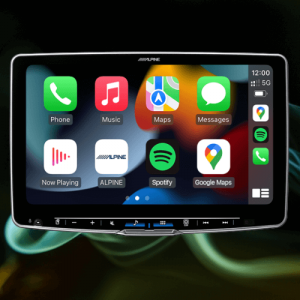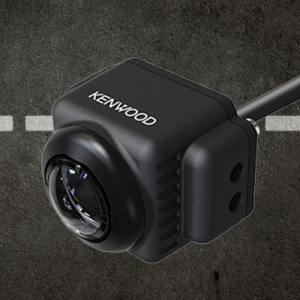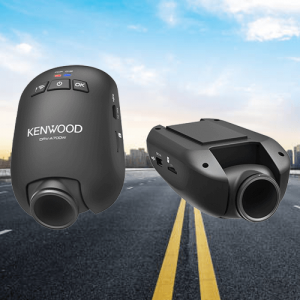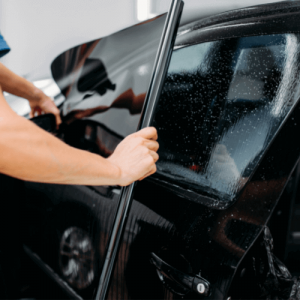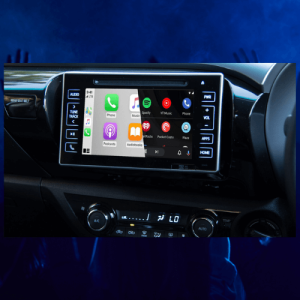No products in the cart.
3 Vehicle Safety Solutions for Bus and Coaches
It is said that ‘the buses are the safest forms of transportation’, and this has been consistently enjoyed in the last few years. The safety enjoyed by passengers and the industry in general can be traced back to a number of safety measures that have been adopted in Australia since 1989. These early safety measures and policies that were passed and implemented include the adoption of ADR 68/00 which required the use of seat belts on coaches, implementation of a higher level of safety and management performance using state-based industry accreditation and a reduction of the average age of fleet that can be operated on the road.
Although these safety policies and measures are now in place, there’s no denying the fact that bus and coach drivers still face safety problems on the road. There are still risks involved including potential collisions due to blind spots, damages to the bus and coaches due to poor maneuvering and vandalism of the vehicles by passengers and attacks on members of the riding public, the drivers and staff of the coach company. These are real life problems that also require a pro-active set of solutions. If you maintain a fleet of bus and coaches in Australia, then you need to keep moving and update the safety systems on your fleet of vehicles. Here are three vehicle safety solutions that can work to ensure the safety of your customers and your brand.
Mobile digital recording. Mobile digital recording is now a critical component on and off the road, particularly in 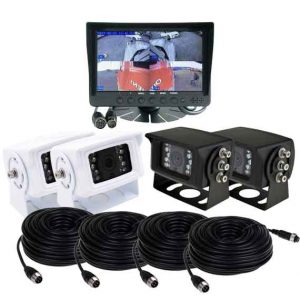 project sites. The MDVR is a device that can capture images, incident and track driver behavior on the road. This device can be installed together with a reversing camera system to give drivers complete view of the roads and the surroundings. Once installed, the mobile digital video recorder can protect owners from false claims, can be used for incident analysis and can help promote the best safety practices for drivers.
project sites. The MDVR is a device that can capture images, incident and track driver behavior on the road. This device can be installed together with a reversing camera system to give drivers complete view of the roads and the surroundings. Once installed, the mobile digital video recorder can protect owners from false claims, can be used for incident analysis and can help promote the best safety practices for drivers.
Reversing alarms. Traditionally, drivers use hand signals or a partner get out of the vehicle to facilitate the reversing. While this can help during reversing situations, this may not be enough to warn other pedestrians. To ensure that everyone near the area are informed, companies can add reversing alarms. Reversing alarms can emit a broad spectrum of sounds, within the allowable decibels, which can inform everyone in the area. Look for reversing alarms with a 12-month warranty and designed to work in different weather conditions.
Reversing cameras. A rear reversing camera system serves as a great help for drivers as these provide a better view of the blind spots. In short, reversing camera systems serve as ‘extra pair of eyes’ on the road, allowing drivers to get better coverage of the road, thus promoting more efficiency and safety. A reversing rear camera fitted on the vehicle will show what’s happening behind the machine or vehicle, and the installed monitor immediately switches to the camera as soon as the reverse is engaged.
By making small investments in these safety solutions for your fleet of coach and commercial buses, you can improve safety for drivers and passengers, and boost corporate brand along the way.

